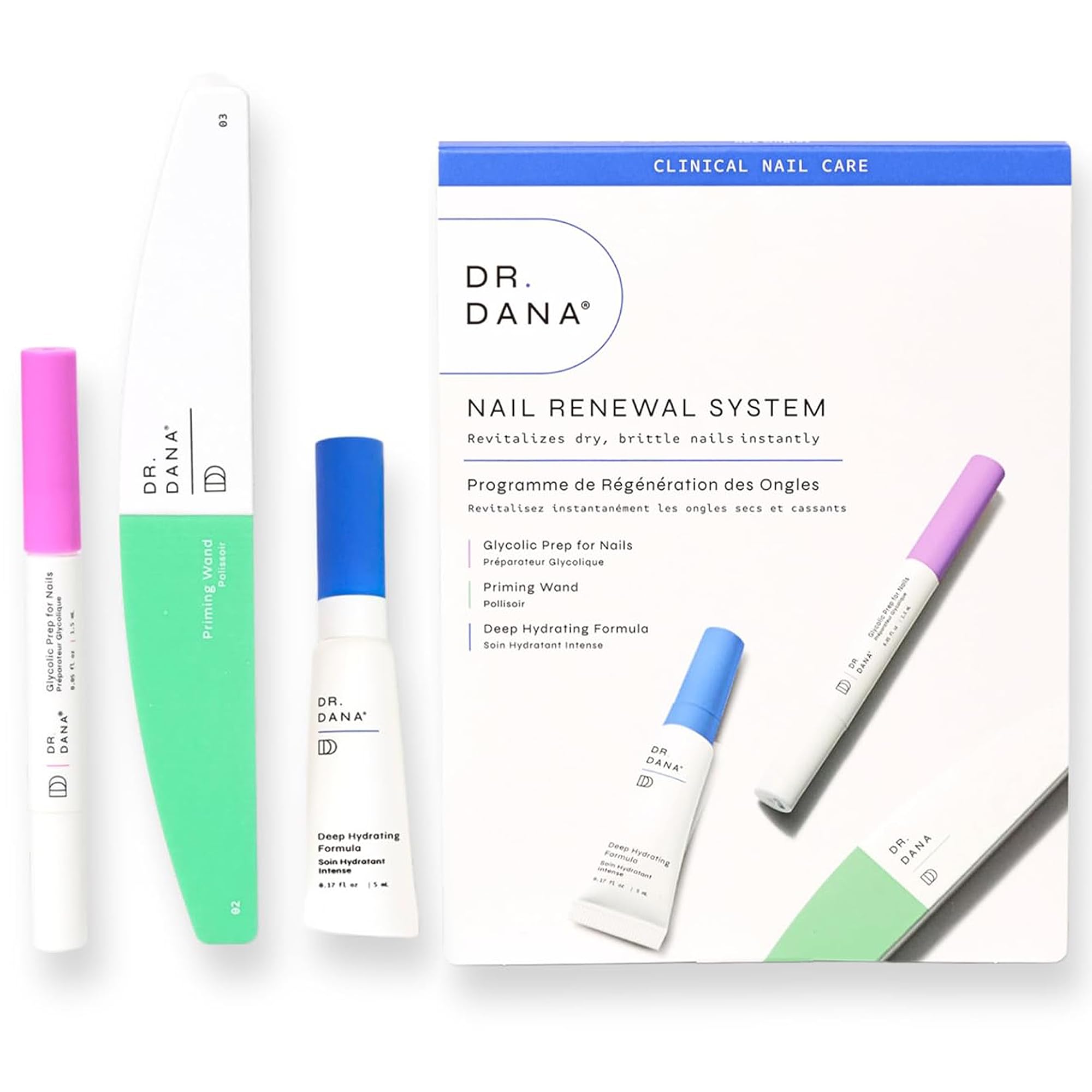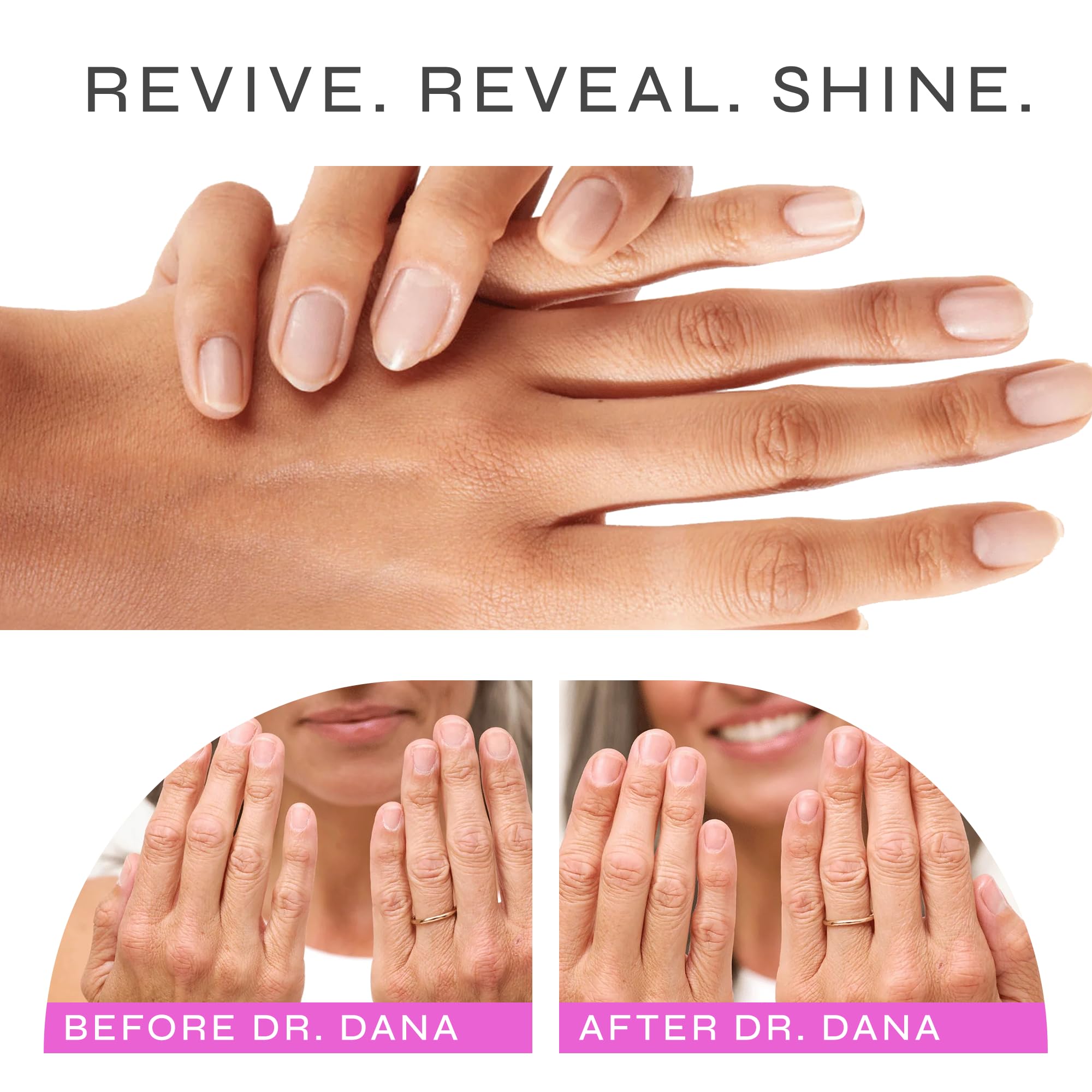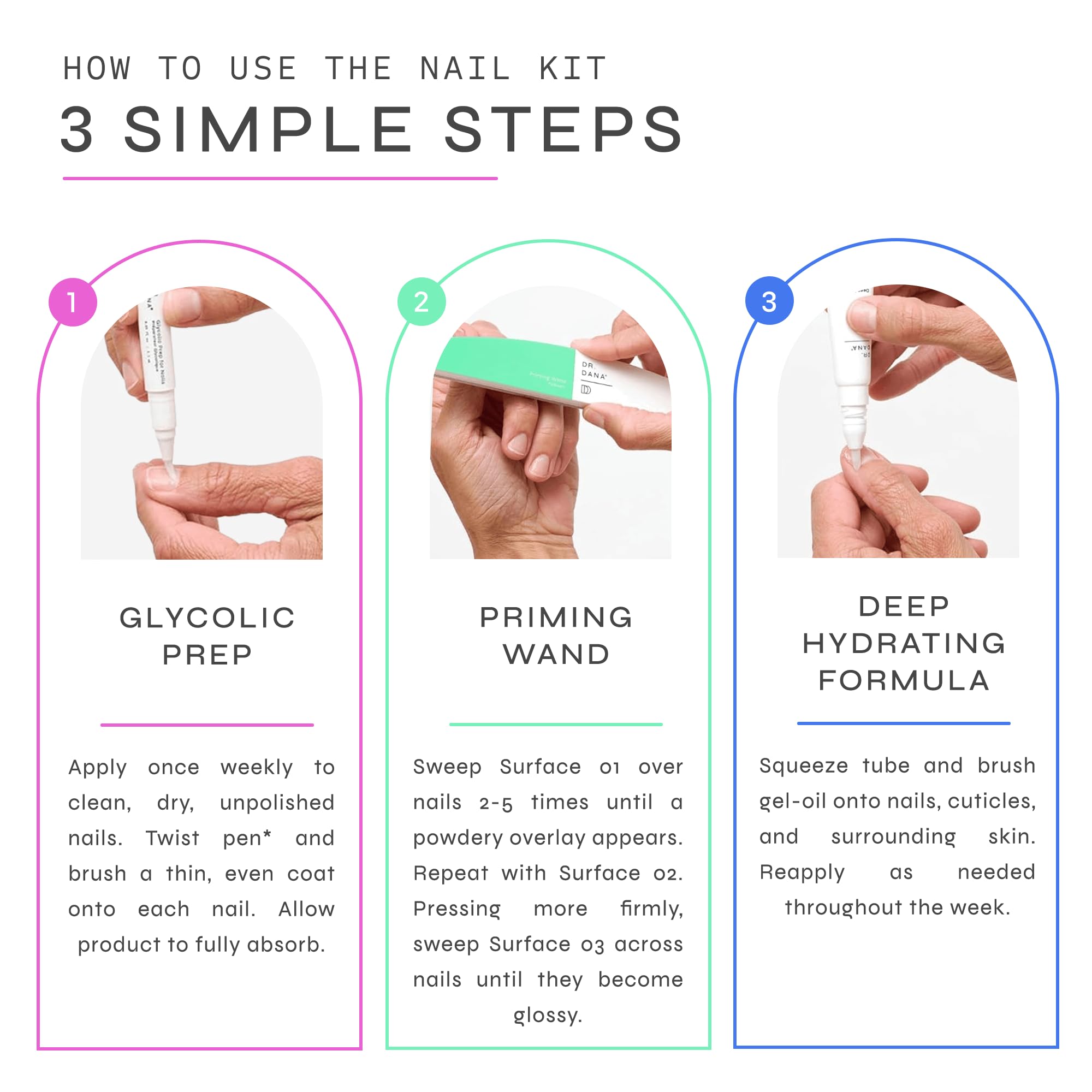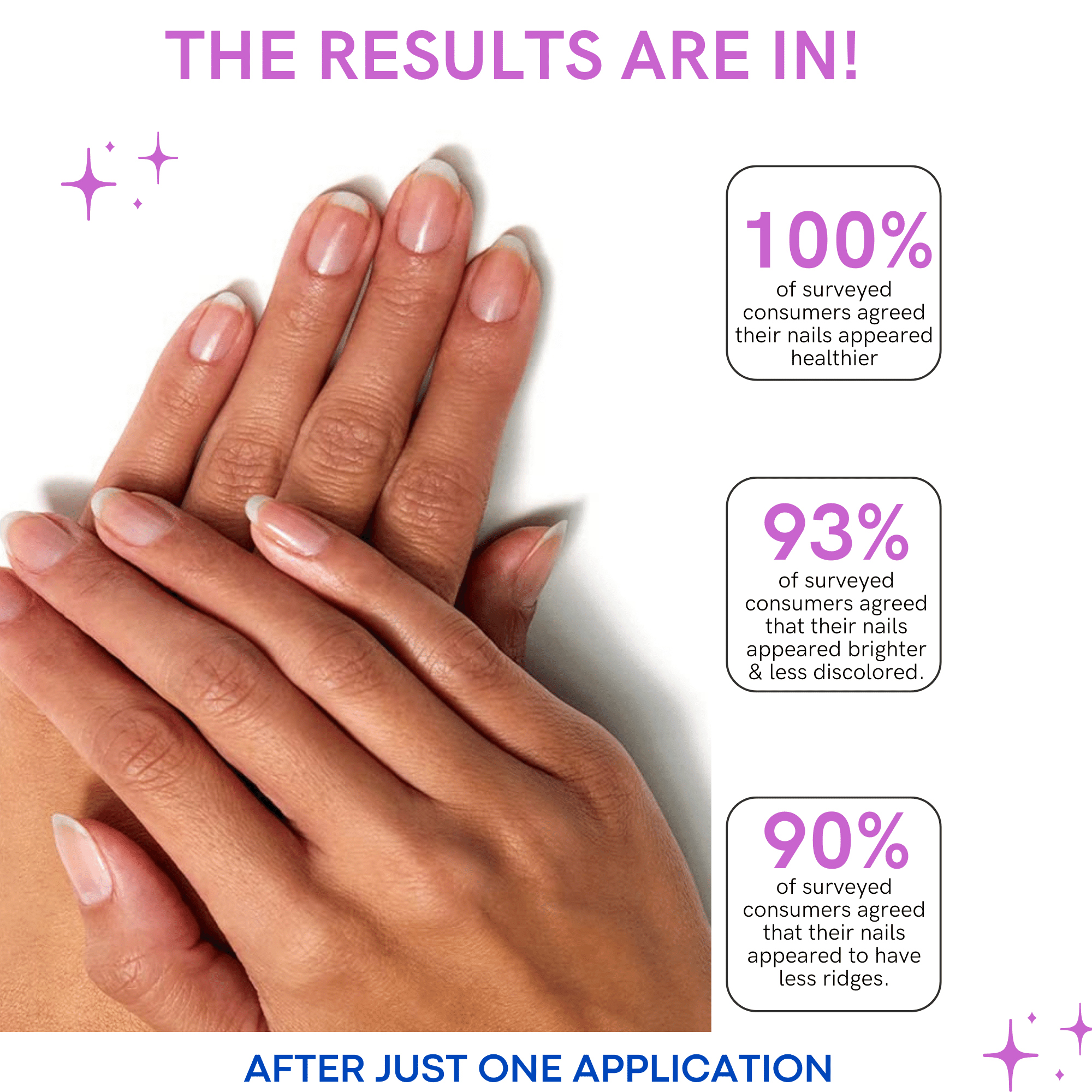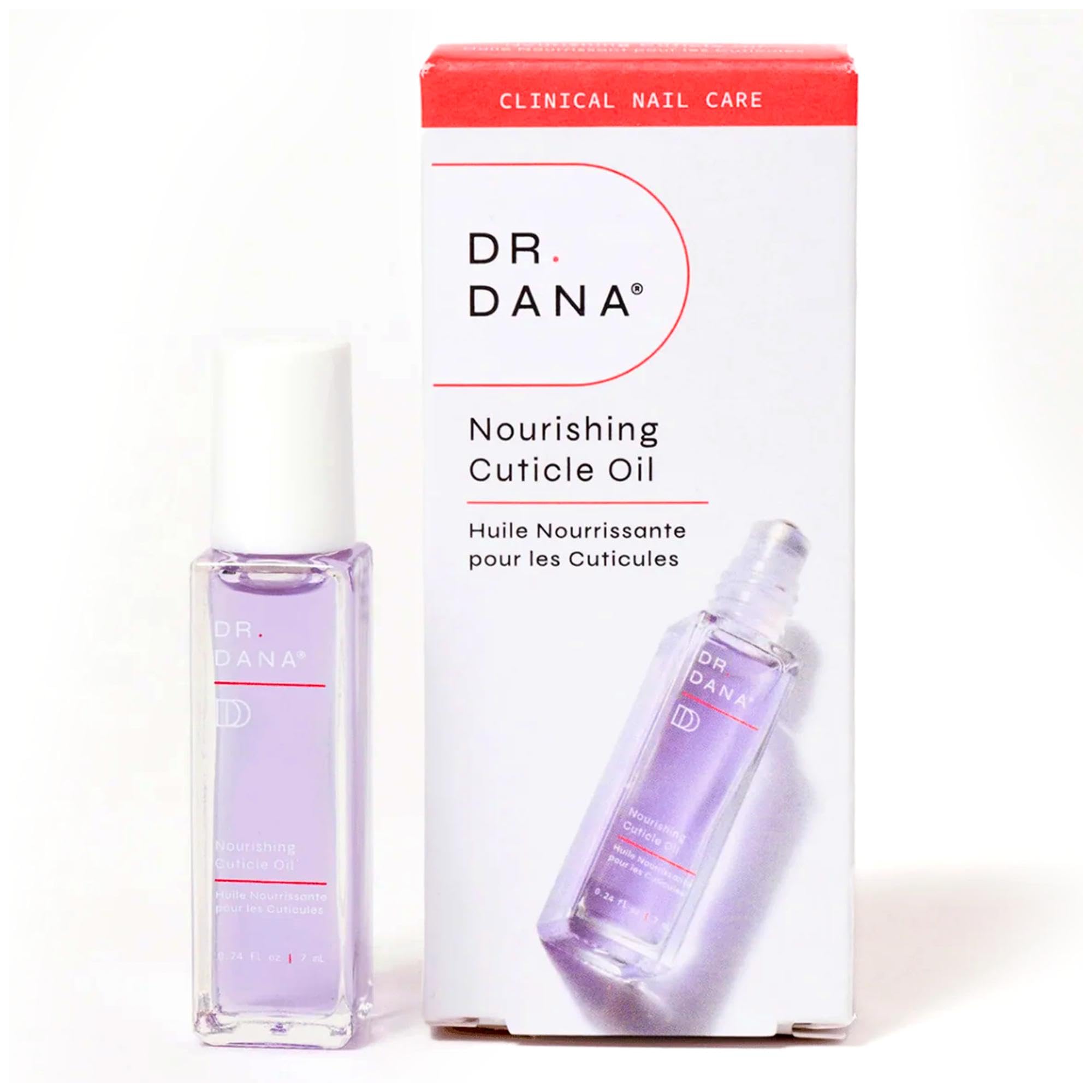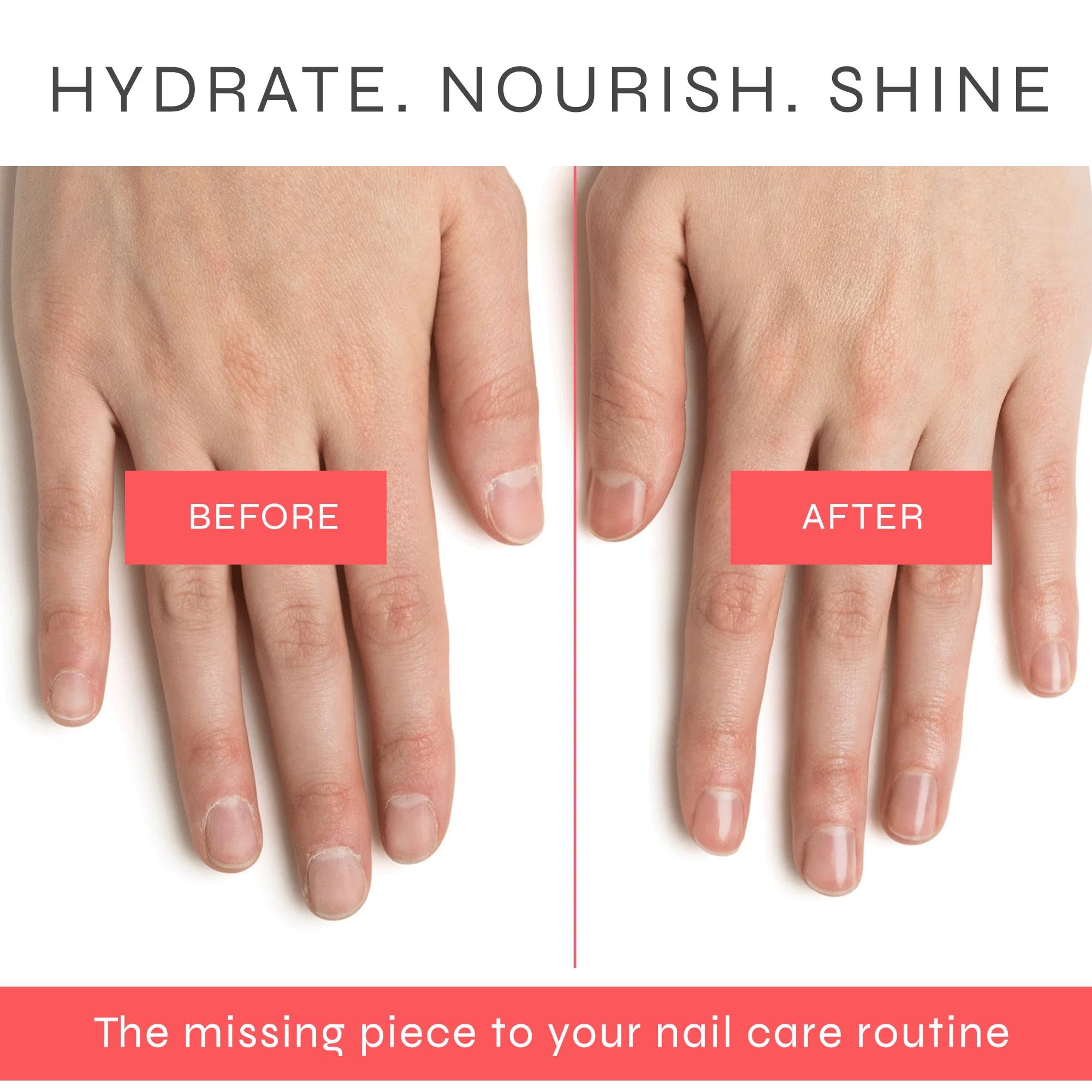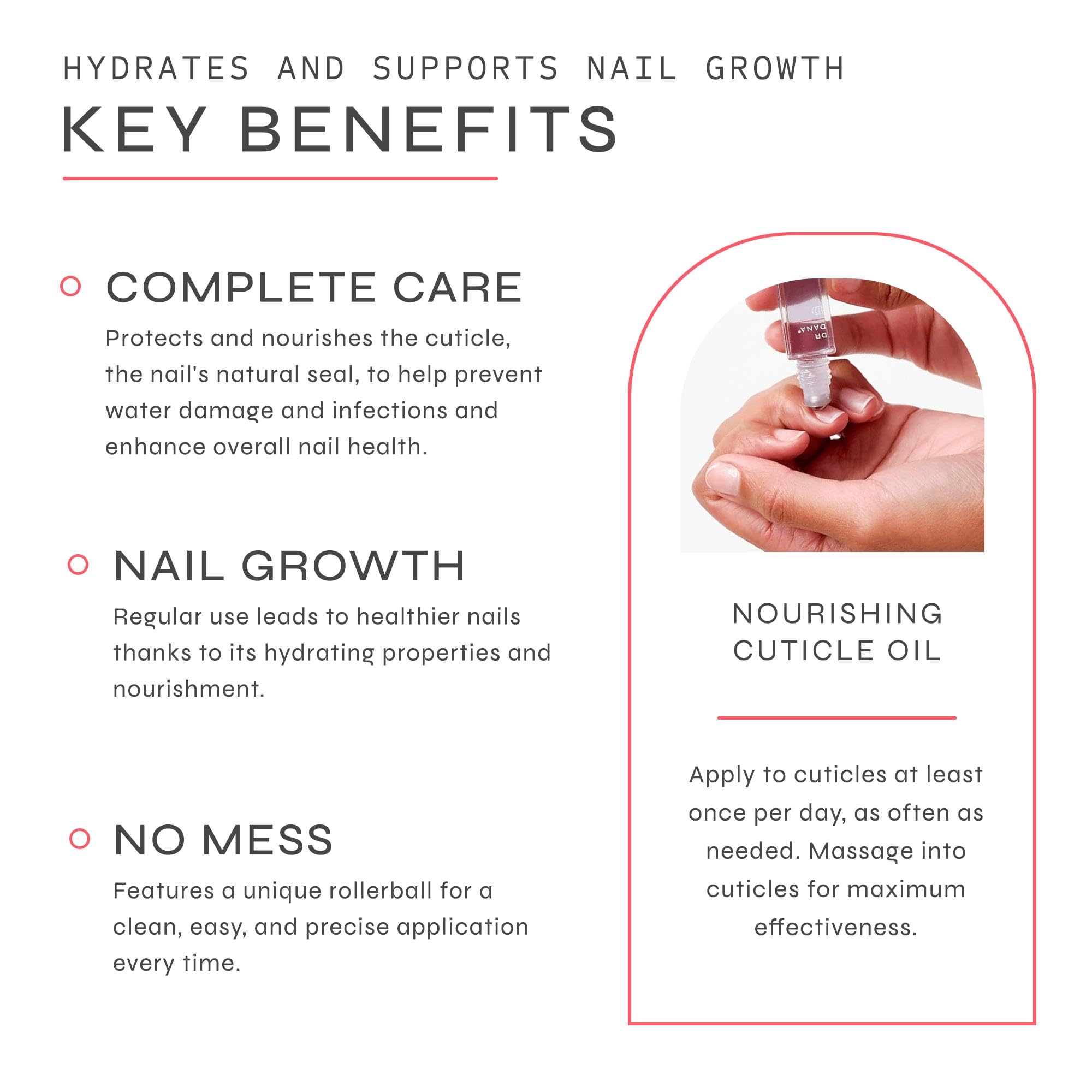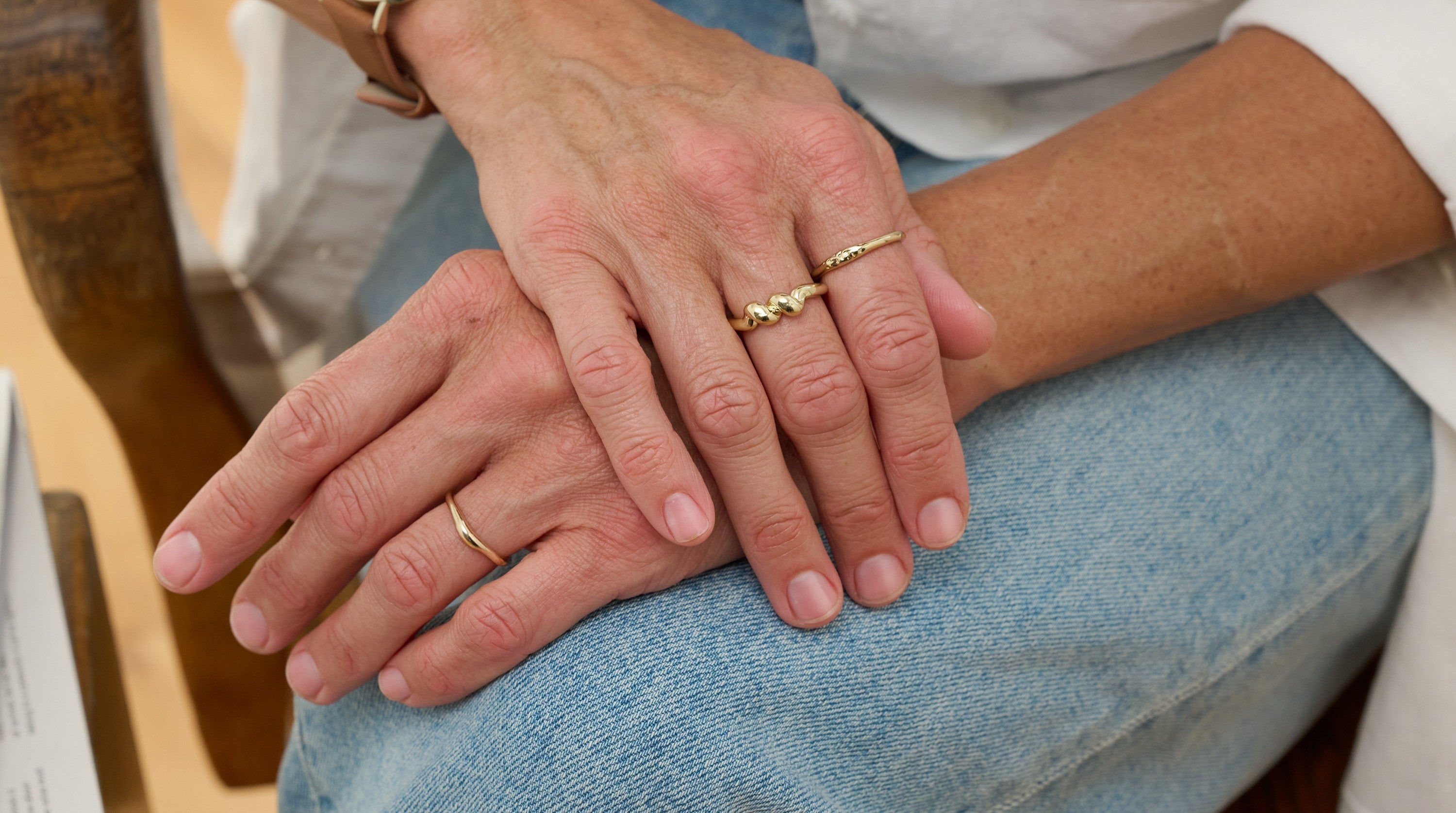Did you know that simply looking at your nails can tell you a lot about your overall health? Nail changes can be indicative of internal health issues, and since your fingernails and toenails are highly visible (unlike, say, your kidney or other organs), they can provide clues that can help you seek treatment earlier. Your naked nails will provide the best view, especially with color variations, so make sure to give them a close look between polish applications. If you notice any changes or have any concerns, it is important to see your dermatologist for further diagnosis.
Nail Shape and Your Health
While all nails are unique, there are generally similarities in the overall shape of healthy fingernails. Deviations in the shape of your nail can provide clues to potential health conditions.
Koilonychia, characterized by concave, spoon-shaped nails, can indicate iron deficiency anemia. Additional causes of Koilonychia include other disorders where iron is not metabolized effectively, such as Hemochromatosis and Plummer Vinson Syndrome. Aging can also cause age-related Koilonychias, so it’s important to have a medical workup done by a physician to determine the root cause.
Clubbing of the fingers or toes, also known as digital clubbing or hypertrophic osteoarthropathy (HOA), presents as the downward sloping of the nails, softened nail beds and bulging and/or red fingertips. Clubbing can be hereditary but is more often a sign of an underlying disease. In 80% of cases, secondary or acquired (non-inherited) clubbing is caused by lung cancer or lymphoma. Other potential health problems indicated by clubbing include cardiovascular disease or other chronic illnesses.
Nail Color and Your Health
Fingernails changing hues without polish? Your nail color can also provide clues to internal health concerns.
Yellow Nails: Most commonly, a yellow tinge on nails is due to nail polish, which can dye the nail beneath it. In some cases, though, it can be Yellow Nail Syndrome, in which nails appear thick and have a yellow/green color. These nails often lack a cuticle and a lunula (the half-moon on the bottom of your thumb nail and big toe nail) and are extremely slow growing. Yellow Nail Syndrome is associated with lymphatic disease and/or lung disease. Please check with your physician for treatment options for this often-chronic disorder.
White Nails: While there can be many causes of white nails, two of them are associated with internal disease. The first, known as “Half and Half Nails” or “Lindsey’s Nails,” presents with the bottom half of the nail (closest to the cuticle) white and the top half pink. This can signify kidney failure and should be checked immediately by a medical professional.
The second, known as “Terry’s Nails,” is when the bottom two-thirds of the nail is white and the top third is pink. This can be suggestive of Cirrhosis, congestive heart failure or diabetes mellitus, so you should see your physician for further diagnosis.
Additionally, you may see horizontal white lines on your nails. Mee’s Lines, which run parallel to the lunula and (the half-moon at the bottom of the nail) and don’t blanch with pressure. These lines can be a sign of arsenic or other exposures. Muehrcke’s Lines which are rare, are parallel white lines that extend all the way across the nail and disappear with pressure applied. They most commonly occur as a result of malnutrition or low protein states.
Brown or Black Nails: Dark brown or black stripes along the length of the nail are most often caused by stimulation of the pigment-producing cells in the nail. This occurs due to trauma related to injury to the cuticle area or aggressive cuticle pushing/cutting/picking/biting, these pigment-producing cells “wake up” and start making more pigment that can appear as bands. This is usually a benign process and pigmented bands in the nail are common—especially in people with darker complexions—because, like the skin, the nail has pigment-producing melanocytes. Rarely however, these brown or black colorations can be a melanoma. Melanoma is a potentially fatal form of cancer that is usually associated with the skin, but it can develop in the nail, as well. Some signs that it could be melanoma include a single dark brown or black band on only one nail (most commonly the thumb, index finger and big toenail) and/or brown pigment surrounding the nail. If caught early, nail melanoma is curable, so it is imperative to see a dermatologist for a thorough exam when it’s unclear what caused the brown/black pigmentation.
Black vertical lines: Known as Splinter Hemorrhages, these short lines look like splinters but are most often a result of nail trauma. More rarely, they can indicate endocarditis or trichinosis.
Red spots: Red dots in the lunula (the moon above the cuticle) can be caused by many conditions, including Alopecia Areata, Lichen Planus, Psoriasis, Rheumatoid Arthritis or a connective tissue disease.
Nail Texture and Your Health
While there are many factors that can make nails less smooth than we’d like, including improper gel/dip removal, sometimes the nail’s surface can signify a potential past or current health concern.
A horizontal depression in the nail plate, called a Beau’s Line, is usually due to the growth interruption of the nail from illness, fever or trauma.
Pitting that occurs in a pattern (as opposed to random indents) is often an effect of Alopecia Areata.
Nail peeling (Onychoschizia) and longitudinal ridges (Onychorrhexis), which can cause the nail to split or break, can signal medical conditions such as Hypothyroidism, Raynaud’s Disease and protein deficiency, although this is rare. These conditions can cause nails to be brittle.
Onycholysis, when the nail separates from the nail bed, can occur due to trauma, Psoriasis, Hyperthyroidism or certain medications.
Overall, your nails can provide a lot of insight into conditions that you may or may not know you have. It’s important to see a dermatologist or other medical practitioner whenever you notice changes to ensure proper diagnosis and treatment.



